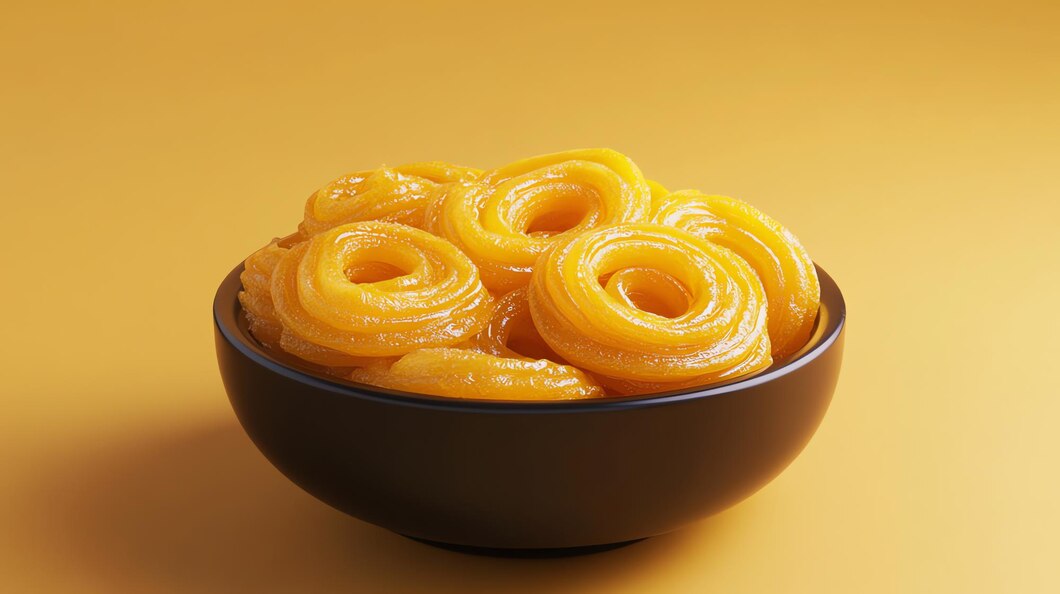There is no doubt that Jalebi is the most liked sweet in India. Its crispy, sweet and golden colour makes it the favourite sweet of people of all ages. In many places, it is eaten with curd and in some places with rabri. Without it, the fun of wedding parties also seems incomplete.

But do you know when was Jalebi made for the first time in India? Well, there are many opinions about the origin of Jalebi. Many historians believe that the original form of Jalebi was Jalbeej, which was popular in ancient Persia and Arab countries. Now in such a situation, the indigenousness of Jalebi is questioned.
When did Jalebi reach India?
Jalebi arrived in India around the 15th century. It was specially brought to India by Muslim rulers. Jalebi soon made its place in Indian society, and it started being served on festivals, weddings, and other special occasions.
Know these theories related to Jalebi
Some people say that Jalebi originated in Turkey and reached Tunisia before reaching India. Others claim that it was created by a musician during the reign of Abbasid Caliph Harun al-Rashid.
Characteristics of Jalebi
The method of making Jalebi also makes it special. It is prepared from a mixture of flour, curd and water. This mixture is put in a special pipe and fried in hot oil in a round shape. Then it is dipped in sugar syrup and served hot. Jalebi varies in color and shape, but it is usually fried to a golden color.
Cultural significance of Jalebi
Jalebi is not just a sweet in India, but it is a symbol of many cultures and traditions. In particular, jalebi is given special importance on Diwali, Eid, and other festivals. In North India, especially Delhi and Punjab, jalebi is served early in the morning with hot milk or curd.
(PC: Freepik)










